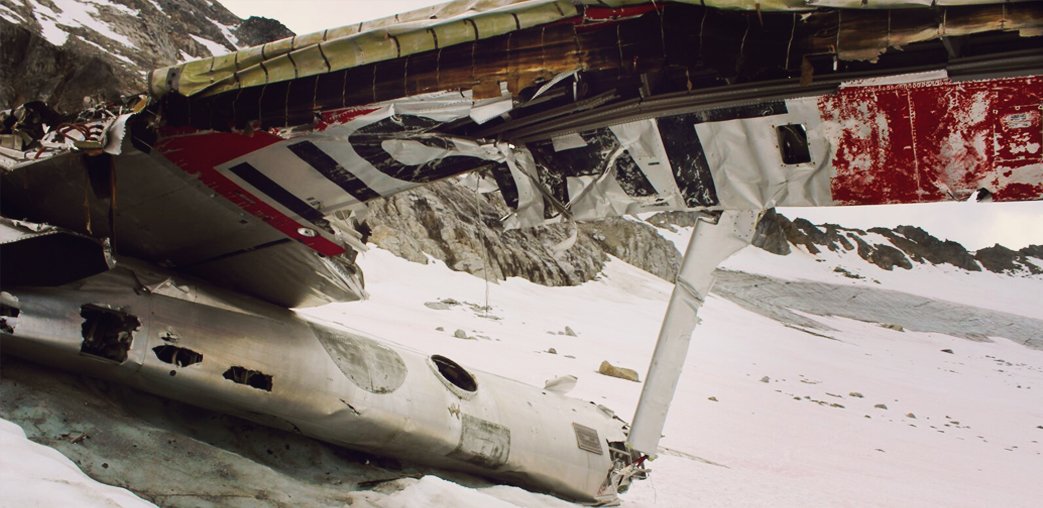
In the legendary 1818 poem “Ozymandias,” Percy Shelley wrote about a statue of the Egyptian Pharaoh Ramesses II, who once ruled a great empire.
My name is Ozymandias, King of Kings;
Look on my Works, ye Mighty, and despair!
Nothing beside remains. Round the decay
Of that colossal Wreck, boundless and bare,
The lone and level sands stretch far away.
The statue once represented Ramesses the Great’s absolute power. Now it lies alone in the sand, ruling nothing but an empty desert.
On the other side of the planet, I was on a hike up to an Alaskan glacier. I’d heard the rumors, but I first saw the bomber from a ridge to the southwest during my trek. It almost looked like a dragon brought down by a medieval knight and left to wither on the ice. But it wasn’t a dragon — it was a TB-29 Superfortress, a nuclear-capable strategic bomber.
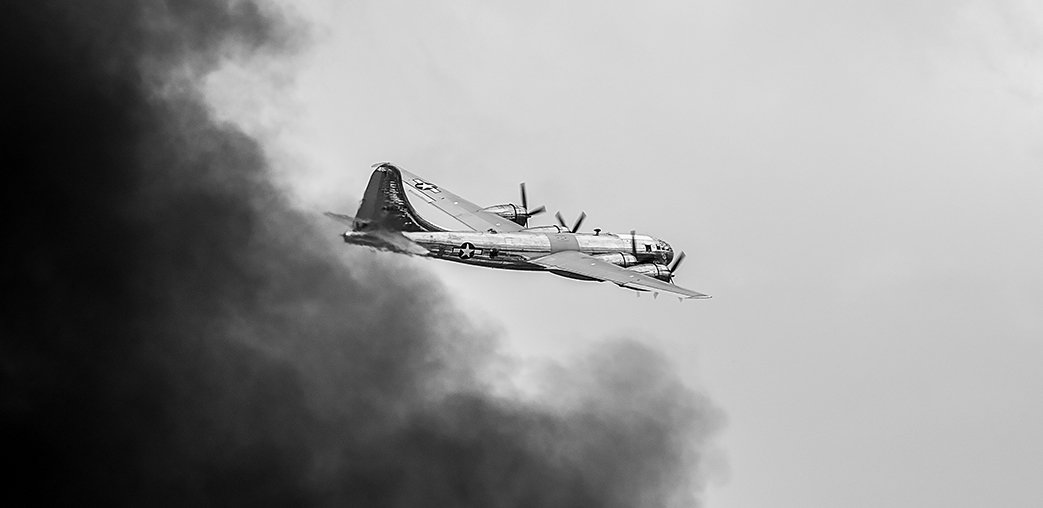
The bomber crashed in bad weather on its descent into Elmendorf Air Force Base in November 1957. The wreckage remains on a glacier in the Talkeetna Mountains to this day. The fuselage lies nearly flat, like a stepped-on soda can. The engines and landing gear are scattered across the ice, ripped from the bomber by the force of the impact.
By 1957, the TB-29 was no longer practical as a deep-strike weapon, but it was still used by the U.S. Air Force as a training aircraft. This particular bomber was on a routine radar calibration flight when it encountered bad weather and ran headlong into an unnamed glacier.
Six of the 10 crewmen died; the others survived a blizzard until rescue personnel arrived. The bodies are no longer there.
Visiting Bomber Glacier is akin to visiting a graveyard. I felt unwelcome, out of place. “Nothing beside remains. Round the decay.” But the glacier, which has no formal name, has a certain gravitas. The winds whip off the ice like they have for millennia, and the view from the crash site is spectacular at worst.
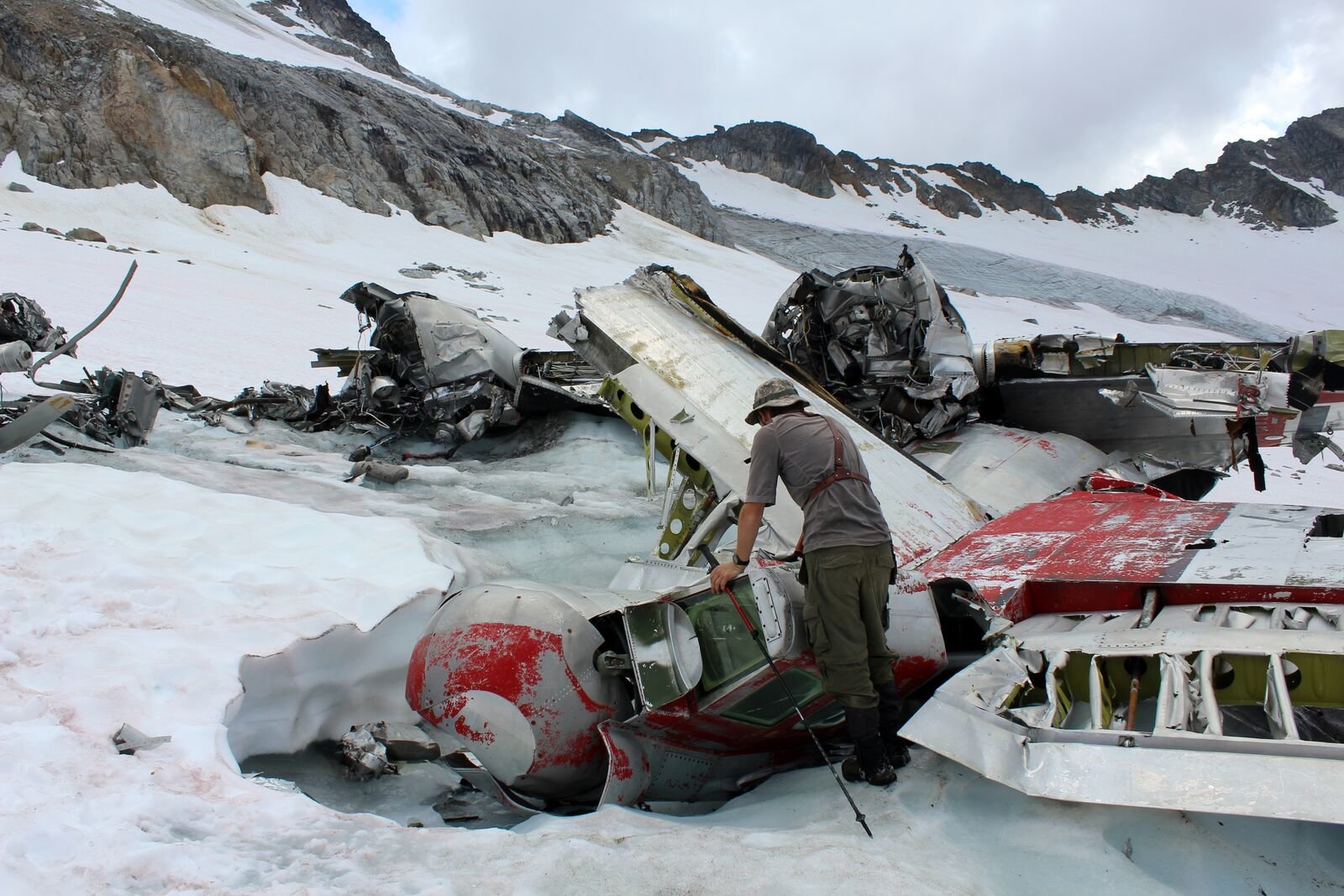
And there’s a nuclear bomber just sitting there.
It was not lost on me that this was once a symbol of American military power, now broken and abandoned. This fuselage, responsible for delivering mass death (if called upon) in its day, now sat juxtaposed against an otherwise serene glacier wilderness landscape.
It was a Superfortress, built to absorb anti-aircraft fire, engine failures, and other battle damage. But all it took was a storm and a mountain to bring it down.
It was an amazing weapon, built to rain nuclear fire onto the Soviet Union — or maybe standing tall on the flightline to prevent the need for such an atrocity. But there was no nuclear spectacle, no military drama once the aircraft met its untimely fate. There was only a crash, followed by silence.
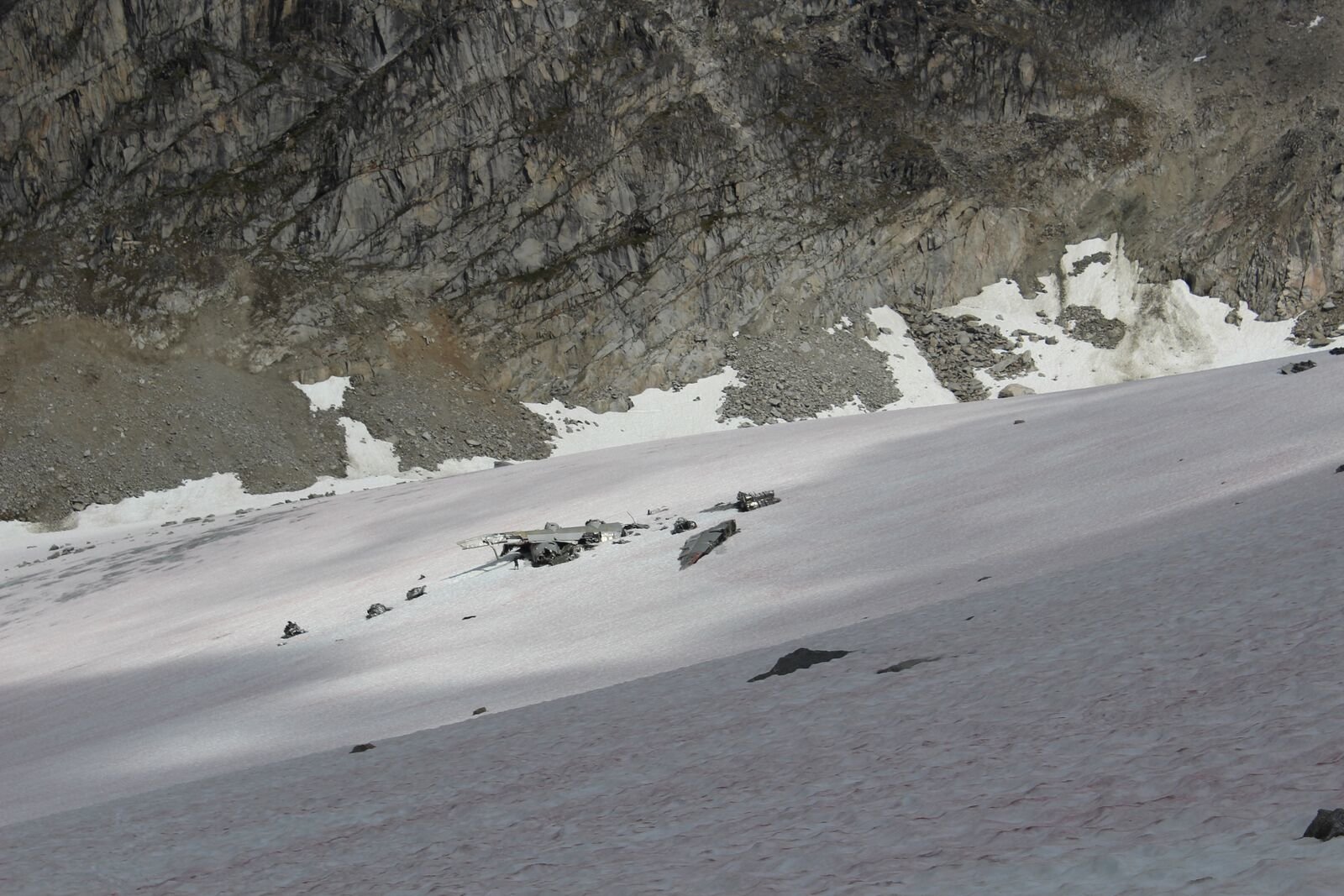
The glacier and the bomber, as I saw it then and as they surely have remained since, are bound together in perpetuity. It’s as if the wilderness has swallowed the bomber whole and made it a part of the landscape, “Of that colossal Wreck, boundless and bare / The lone and level sands stretch far away.”
The glacier and its bomber now go on together, forever. What symbol the duo ultimately becomes has yet to be written.
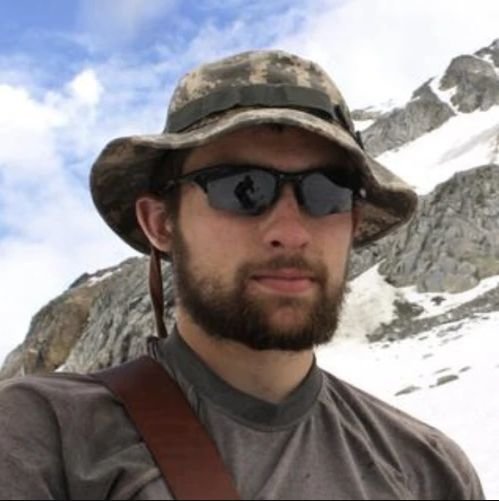
Garland Kennedy is a contributing writer for Coffee or Die. As an avid backpacker and outdoorsman, he has explored wide-open spaces all over North America — from the forests of North Carolina (he’s a graduate of UNC-Chapel Hill with a degree in medieval history) to the mountains of Alaska. His previous bylines include gear reviews on RockChuckSummit.com.
BRCC and Bad Moon Print Press team up for an exclusive, limited-edition T-shirt design!
BRCC partners with Team Room Design for an exclusive T-shirt release!
Thirty Seconds Out has partnered with BRCC for an exclusive shirt design invoking the God of Winter.
Lucas O'Hara of Grizzly Forge has teamed up with BRCC for a badass, exclusive Shirt Club T-shirt design featuring his most popular knife and tiomahawk.
Coffee or Die sits down with one of the graphic designers behind Black Rifle Coffee's signature look and vibe.
Biden will award the Medal of Honor to a Vietnam War Army helicopter pilot who risked his life to save a reconnaissance team from almost certain death.
Ever wonder how much Jack Mandaville would f*ck sh*t up if he went back in time? The American Revolution didn't even see him coming.
A nearly 200-year-old West Point time capsule that at first appeared to yield little more than dust contains hidden treasure, the US Military Academy said.












